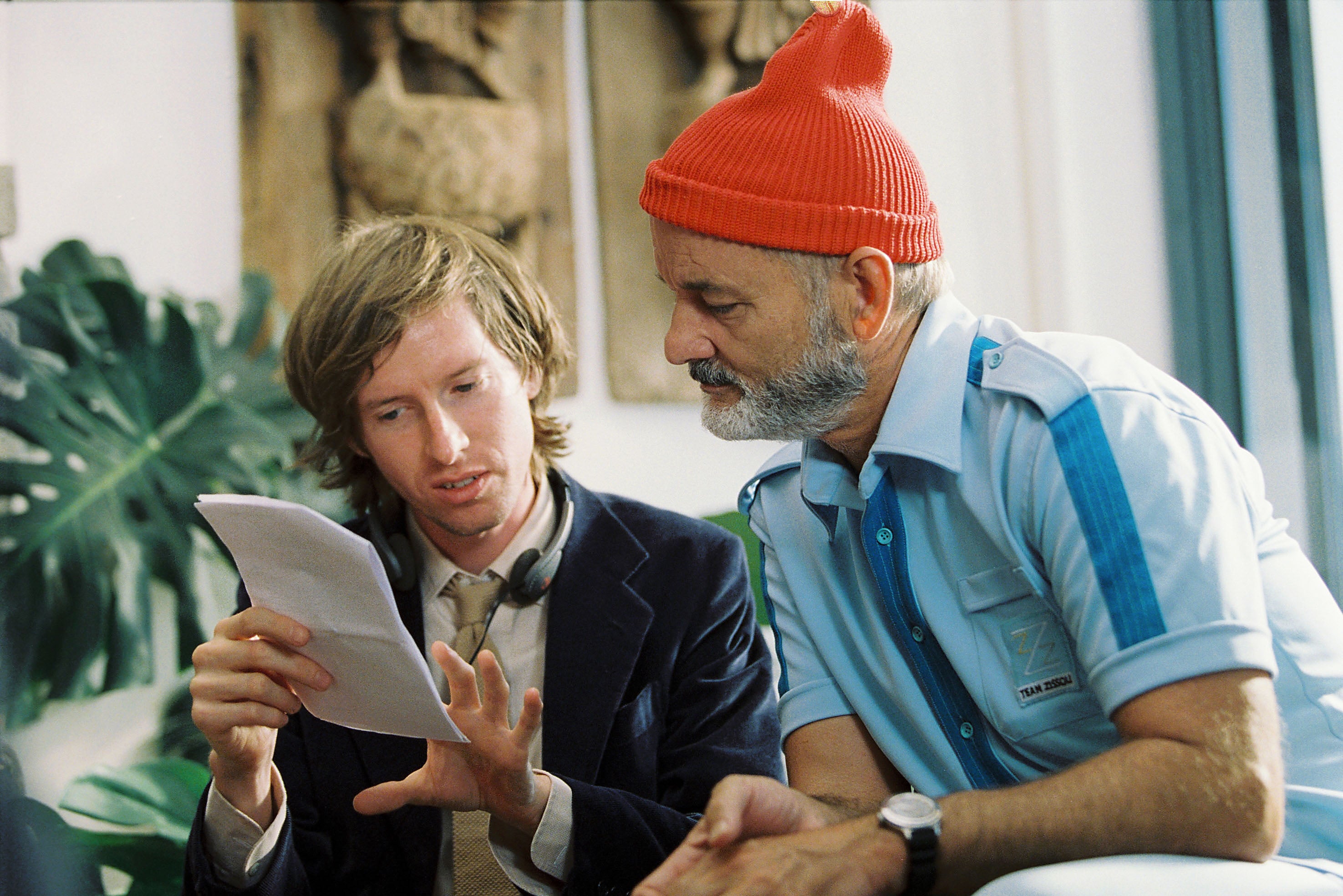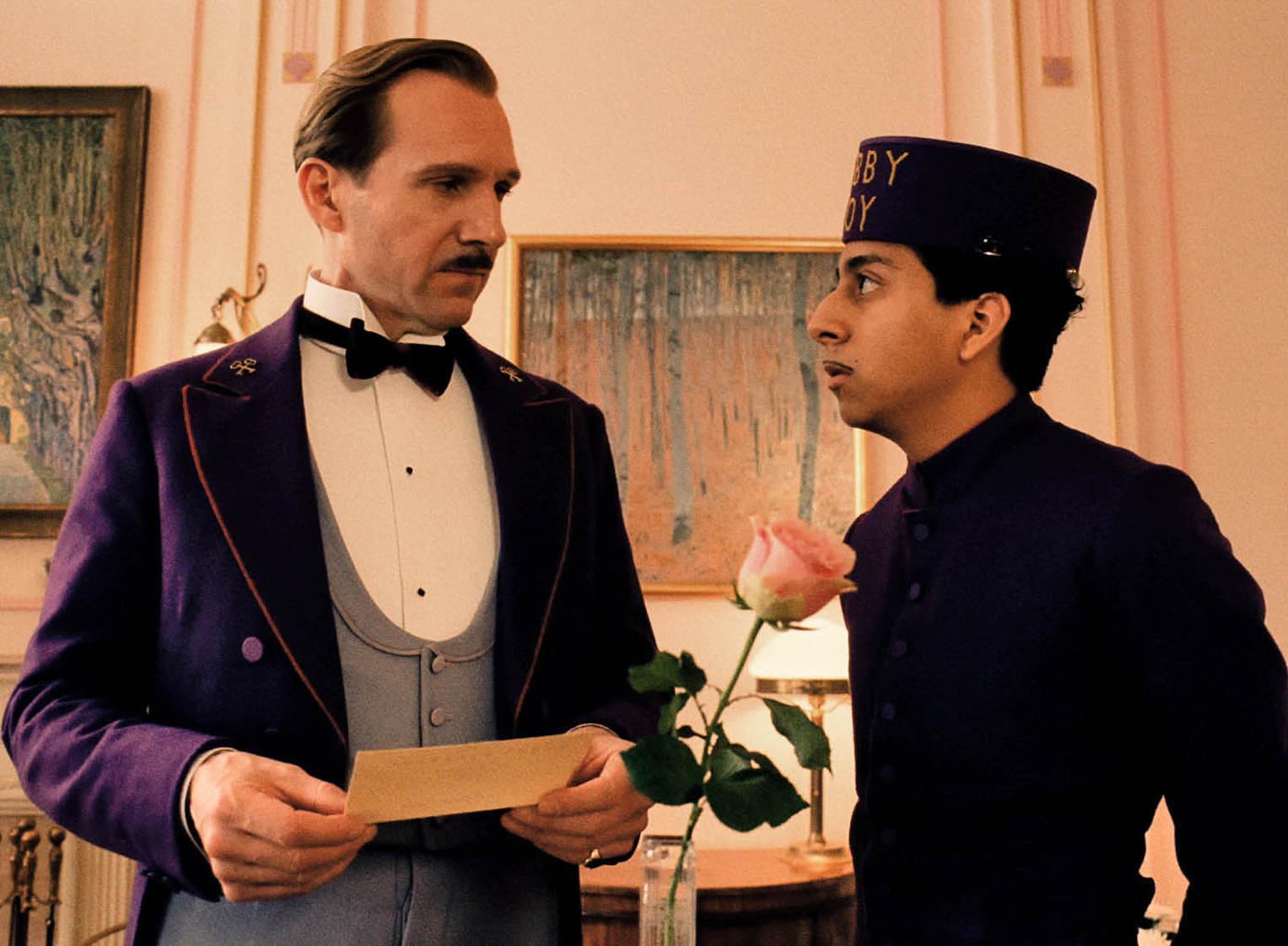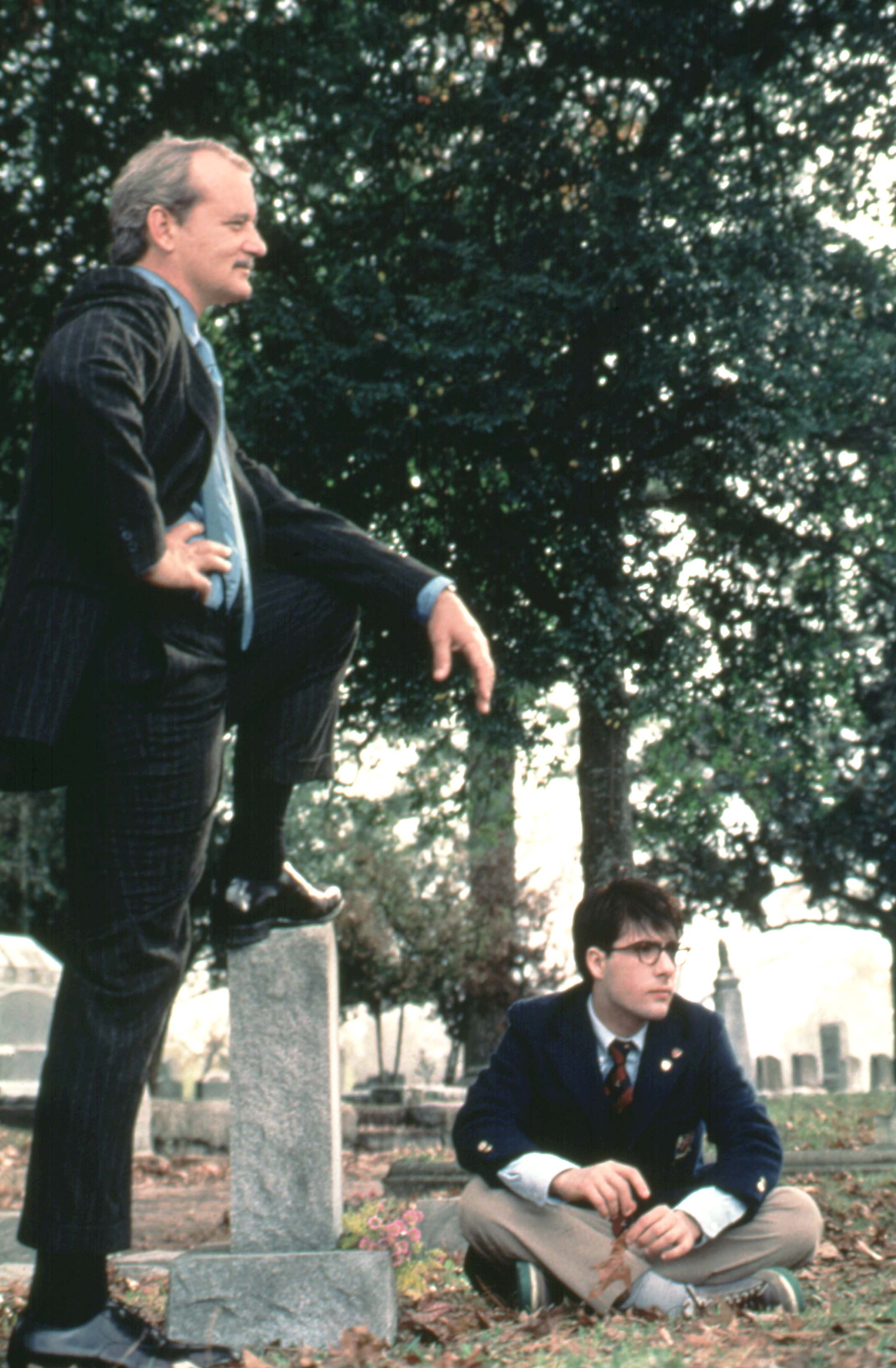‘Movies are the only thing I do’: The control and chaos of Wes Anderson
As the acclaimed director’s debut film, ‘Bottle Rocket’, turns 25, and anticipation for his new film ‘The French Dispatch’ grows, Chris Harvey looks back at one of the most enigmatic auteurs of our time

Your support helps us to tell the story
From reproductive rights to climate change to Big Tech, The Independent is on the ground when the story is developing. Whether it's investigating the financials of Elon Musk's pro-Trump PAC or producing our latest documentary, 'The A Word', which shines a light on the American women fighting for reproductive rights, we know how important it is to parse out the facts from the messaging.
At such a critical moment in US history, we need reporters on the ground. Your donation allows us to keep sending journalists to speak to both sides of the story.
The Independent is trusted by Americans across the entire political spectrum. And unlike many other quality news outlets, we choose not to lock Americans out of our reporting and analysis with paywalls. We believe quality journalism should be available to everyone, paid for by those who can afford it.
Your support makes all the difference.Most of my life is spent making these movies, this is the main thing I do. I mean, it’s really the only thing I do,” said Wes Anderson to the now-disgraced TV journalist Charlie Rose as they discussed his latest film, The Darjeeling Limited, in 2007. “You have no life outside of movies?” returned the older man, clearly prepared to believe it of the floppy-fringed young man before him. “Not a lot,” sighed the director.
Anderson was 38 at the time but had already been making Hollywood movies for more than a decade, ever since he’d turned the post-graduation short film he’d written with his University of Texas room-mate Owen Wilson into the feature-length Bottle Rocket (1996). A witty take on the wannabe villains’ genre, it stars Wilson and his brother Luke (as well as their elder sibling Andrew as “Future Man”), plus The Godfather’s Sonny Corleone himself, James Caan. Unfortunately, all the young crooks have to go on is what they’ve learned from watching heist movies.
It’s now 25 years this week since it was released, and anticipation is high for Anderson’s 10th film, The French Dispatch, which is due out this year. Back in 2000, though, after repeated viewings of Bottle Rocket, Martin Scorsese compared the director’s ability to convey the richness of human interaction with the French master Jean Renoir. A generation of budding hipsters, meanwhile, found the idiosyncratic way Bottle Rocket’s characters talked hilarious: “What are you putting that tape on your nose for?” “Exactly!”
It was cool in the way that lyrics by The Modern Lovers or Beat Happening or Pavement were cool (“You’ve been chosen as an extra in the movie adaptation/ Of the sequel to your life”). That’s to say, indie cool: casual and clever and a little bit ironic.
Both perspectives were valid. Anderson shares with Scorsese a love of classic cinema that finds its way into the individual frames of his films. Scorsese fans might find recreations of shots and scenes from movies ranging from Powell and Pressburger’s The Red Shoes (1948) to Italian giallo film legend Mario Bava’s Blood and Black Lace (1964). Anderson aficionados see inspiration in set pieces from Hitchcock films (lots of them), Lawrence of Arabia (1962) and obscurities such as The World of Henry Orient (1964), with its fur-coat-wearing New York schoolgirl, who may perhaps have been the stylistic inspiration for the young Margot in The Royal Tenenbaums (2001). In the follow-up to Bottle Rocket, Rushmore, there were even musical nods to his beloved Harold and Maude (1971) – both feature Cat Stevens songs.
When Albert Maysles filmed a portrait of Anderson during the making of The Royal Tenenbaums, the director seemed to be at war with himself over his cinephile tendencies. That stuff, he told the acclaimed documentary maker, used to be “all I wanted to talk about… the directors of photography and the art direction and all that stuff and now that doesn’t seem as interesting to me even though I know I respond to it the same way I always did”.
The thing that matters, he insisted, “is the behaviour of the actors and making those moments real and that’s what really an audience connects with in the biggest way. The other stuff is something that I feel like is my personal interest.”

Before long though, he was telling Maysles, this film has “got like, 300 different sets, scenes that last for one line – we had to build the set just for that one scene, literally one line, y’know, and many of ’em like that, and some scenes with no lines… we have some sets where there are no people on the set…
“I’m contradicting myself,” he admitted.
Of course, that “stuff” – meticulously designed shots, complete with visual gags and references to other films – is exactly what Anderson scholars love to dissect. The symmetrical tableaus, with the focus of the scene at the vertical centre of the frame; the multiple flat planes that can make the action seem as 2D as side-scrolling from chimney to chimney in the original Super Mario Bros; the painstaking use of clothes and accessories to denote character. The self-consciousness of it is what drives Anderson disbelievers to distraction.

Watch Apple TV+ free for 7 days
New subscribers only. £8.99/mo. after free trial. Plan auto-renews until cancelled

Watch Apple TV+ free for 7 days
New subscribers only. £8.99/mo. after free trial. Plan auto-renews until cancelled
One of the joys of watching Maysles’s film is the way Anderson’s own visual sartorial language starts to take on the same self-conscious quality. Or at least you imagine it does. He sits chatting to Maysles in white cable-knit socks; beside him, one New Balance trainer is placed atop a pile of newspapers. “But why?”, you find yourself pondering. And if you think that’s a whimsical thought, take a look at the level of precision that Maysles captures Anderson employing on The Royal Tenenbaums.
He films him overseeing the creation of the interior of the house on “Archer Avenue” – actually at 144th Street and Covenant Avenue in Harlem – which, we will later discover, Gene Hackman’s Royal Tenenbaum bought “in the winter of his 35th year” (as indeed he might had he stepped straight out of Orson Welles’s The Magnificent Ambersons). Anderson marvels that the lobby and staircase have already been painted. “We were just in Brooklyn picking the colours,” he says, “and here it is on the walls.” Then, as he takes in the carefully applied plum-red shade, the sense of wonder gives way to a grin that steals across his face. “This is not the colour yet,” he says. Anderson knows his own perfectionism only too well.

But back to the actors. By the time he’d shot The Grand Budapest Hotel in 2013, Anderson seemed to have come to a deeper understanding of their relationship to him as director. “I feel like we plan the shots and the editing, and the construction of the sets, and the design of the sets, even if it’s on location,” he explained in an NPR radio interview on its release the following year, “this is all very carefully planned and we can do this step by step, and we gather all the ingredients and we have it very prepared so that when the day comes to shoot, everything is sort of quite set in that way…”
Then comes the “but” – and it’s a “but the actors”. He continues. “I feel like what happens is we all get together, they come on this set and then it’s just sort of chaos, and they take over and it goes one way or another and we tend to do a lot of takes but very quickly one after another, and anything might happen on the next take.”
Control and chaos may be the yin and yang of Wes Anderson: exerting control over every detail then giving it up to the unknown. Just how chaotic that unknown is, one suspects, may be rather magnified in Anderson’s mind. But it would be hard to argue that he’s not “an actor’s director” – Anderson gets unforgettable performances from great actors, and a fair few from previously unknowns as well, from the Wilson brothers as Dignan and Anthony in Bottle Rocket, to Jason Schwartzman as the precocious Max Fischer in his 1998 follow-up, Rushmore, to child actors Kara Hayward and Jared Gilman in the wonderful scout troop romance Moonrise Kingdom (2012).
Yet as you consider the sheer joy of watching Gene Hackman as the selfish, egotistical Royal Tenenbaum; of Gwyneth Paltrow dispensing gloom rather than Goop as his kohl-eyed, adopted daughter Margot; of Ralph Fiennes as the lothario to octogenarians, Monsieur Gustave, in The Grand Budapest Hotel (“When you’re young, it’s all fillet steak, but as the years go by, you have to move on to the cheaper cuts. Which is fine with me, because I like those”), they all seem to point back to one place. In it stands the actor he enticed into playing Max Fischer’s love rival in Rushmore, Bill Murray.

When Anderson recounted how that came to pass on PBS, he talked about how he’d written the role for Murray, but thought there would be no way of getting him even to read the script. Mutual friends helped with that but, Anderson went on, “a week after we gave it to him, he called me and said hello and then he sort of started talking about this Kurosawa movie called Red Beard, which is about a doctor, and we spoke for about an hour about Red Beard, which I had no idea what it had to do with anything. At the end of it he said, ‘Yeah, I think I’ll do Rushmore with you.’”
Anderson, for his part, had never seen Red Beard, and even after he did, on Murray’s recommendation, he admitted, he still didn’t get why Murray had been talking about it in relation to Rushmore. Murray, though, has been in every Wes Anderson film since, nine altogether, including the one soon to be released, The French Dispatch, as a character called Arthur Howitzer Jr. It’s impossible to imagine Rushmore without his Herman Blume.
Anderson confessed he had been a little terrified of Murray before he met him, because of the stories he’d heard, but then directing itself was a challenge to begin with for Anderson: “If you’re a shy person, there are parts of it where it’s a little scary.”
He seems to have overcome it. These days, Anderson also has a life outside of movies – he’s married to costume designer Juman Malouf, and they have a daughter, Freya, who was born in 2016. His world inside movies remains pretty cool.
The French Dispatch is due out later this year


Join our commenting forum
Join thought-provoking conversations, follow other Independent readers and see their replies
Comments